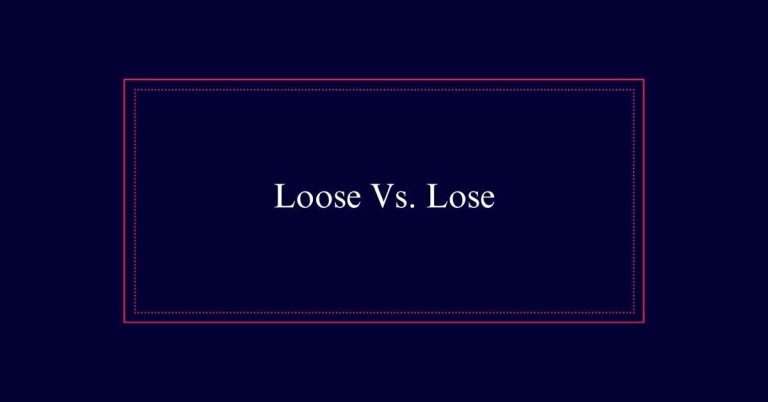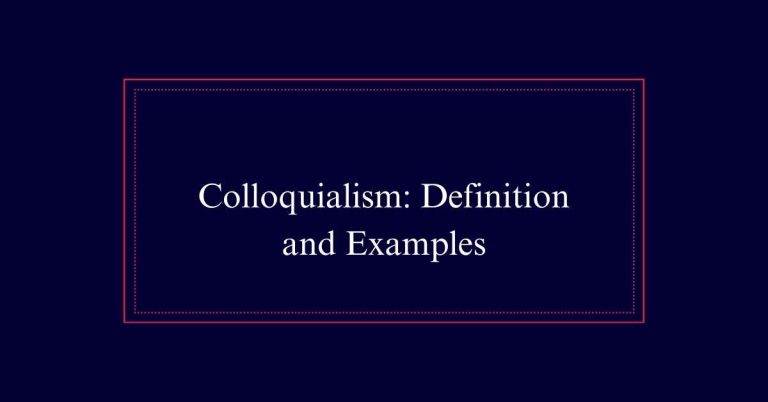Leap Day Vs. Leap Year
A Leap Year is a year that includes an extra day, February 29, to keep our calendar aligned with Earth’s orbit, which takes about 365.2425 days. This prevents the calendar from drifting away from the seasons over time. A Leap Day is the specific day added during a Leap Year. This additional day helps synchronize our calendar with the Earth’s true orbital time. Leap Years occur every four years, ensuring the timing of annual events stays consistent with the seasons.
Purpose of Leap Years
The purpose of leap years is to keep our calendar aligned with Earth’s orbit around the sun. Earth’s orbit takes about 365.25 days to complete. Because of this, our 365-day calendar falls behind by about six hours each year.
Over time, this would cause significant shifts in the seasons. After a century, the calendar would be off by nearly 24 days. To correct this, an extra day is added every four years. This additional day, February 29, helps to synchronize our calendar with the Earth’s position in its orbit.
Earth’s Orbital Time
Earth’s orbital time refers to the period it takes for Earth to complete one full revolution around the sun. This journey takes approximately 365.2425 days.
The slight fraction beyond 365 days is why we can’t rely solely on a 365-day calendar. Over time, these extra hours accumulate. Without adjustments, our calendar would drift out of sync with Earth’s position in its orbit. This drift would eventually cause significant misalignment with the seasons.
Seasonal Alignment
Ensuring seasonal alignment is essential for maintaining the accuracy of our calendar year. Without it, our calendar would gradually shift, causing seasons to drift over time.
The introduction of leap years helps correct this misalignment. This is achieved by adding an extra day, or leap day, to February every four years.
The importance of seasonal alignment can be summarized as follows:
- Essential: Keeps the calendar year consistent with Earth’s orbit around the sun.
- Necessary for Agricultural Planning: Ensures seasons occur at expected times, crucial for farming cycles.
- Critical for Cultural Events: Aligns holidays and cultural events with appropriate seasons.
Definition of Leap Day
Adding to the importance of seasonal alignment, a leap day is the extra day inserted into the calendar every four years on February 29. This addition helps maintain the accuracy of our calendar relative to Earth’s orbit around the sun.
The leap day compensates for the fact that a solar year is approximately 365.25 days long, not a neat 365 days. Without this correction, our calendar would gradually drift away from the actual seasons. February 29 is the designated leap day, effectively balancing the calendar by adding an extra 24 hours.

Definition of Leap Year
A leap year is a year that contains an extra day, February 29, to help synchronize the calendar year with the solar year. This adjustment is important because the Earth’s orbit around the sun takes approximately 365.25 days.
Without this extra day, our calendar would gradually drift out of alignment with the seasons.
To summarize the importance of leap years:
- Aligning Seasons: Leap years keep the calendar aligned with Earth’s orbit and seasonal changes.
- Preventing Drift: They prevent the calendar from shifting by nearly 24 days every century.
- Accuracy Maintenance: Leap years maintain that annual events occur in the same seasonal context.
Calculation Rules
Understanding the importance of leap years, we can now explore the rules for calculating when they occur.
Leap years are years divisible by 4. However, if a year is a multiple of 100, it is not a leap year unless it is also divisible by 400. For example, the year 1900 was not a leap year, but 2000 was. This system guarantees the calendar stays accurate over time.
The goal is to keep the average calendar year close to the solar year, which is about 365.2425 days.
Historical Origins
The concept of leap years dates back over two millennia to the time of Julius Caesar in ancient Rome. To correct the misalignment between the calendar year and the solar year, Caesar introduced the Julian calendar in 46 B.C. This calendar included an extra day every four years.
The primary reasons for this adjustment were:
- Seasonal Alignment: To guarantee that calendar dates remained consistent with the seasons.
- Agricultural Planning: To aid in agricultural activities by maintaining seasonal predictability.
- Cultural Events: To keep festivals and events in line with traditional timings.
Gregorian Calendar Adoption
Pope Gregory XIII introduced the Gregorian calendar in 1582 to correct inaccuracies in the Julian calendar. The Julian calendar added too many leap days, causing drift over centuries. The Gregorian reform aimed to realign the calendar with the equinoxes. This adjustment was essential for maintaining the accuracy of seasons and religious events.
| Julian Calendar | Gregorian Calendar |
|---|---|
| Introduced by | Julius Caesar |
| Year Introduced | 46 B.C. |
| Leap Year Rule | Every 4 years |
| Issue | Calendar drift |
| Correction | Skip 3 leap years every 400 years |
Leaplings and Birthdays
Being born on February 29, leaplings celebrate their birthdays only once every four years. This unique situation brings about interesting challenges and celebrations. For instance, leaplings often choose to celebrate their birthdays on February 28 or March 1 during non-leap years. This guarantees they can still have an annual celebration.
Here are three key points about leapling birthdays:
- Special Recognition: Some countries issue special certificates or greetings for leaplings.
- Legal Considerations: In some jurisdictions, the legal age changes based on how non-leap years are counted.
- Community Events: Leaplings often join special clubs or online communities that host quadrennial events.
Cultural Traditions
How do different cultures celebrate leap years and leap days around the world?
In Ireland, February 29 is known as Bachelor’s Day. Traditionally, women can propose to men on this day.
In Scotland, it is considered unlucky to be born on a leap day.
In Greece, leap years are thought to be inauspicious for weddings.
In the United States, ‘leaplings’ celebrate their rare birthdays with special events.
In Taiwan, families honor deceased ancestors with rituals.
In some European countries, leap day is associated with folklore and superstitions.






